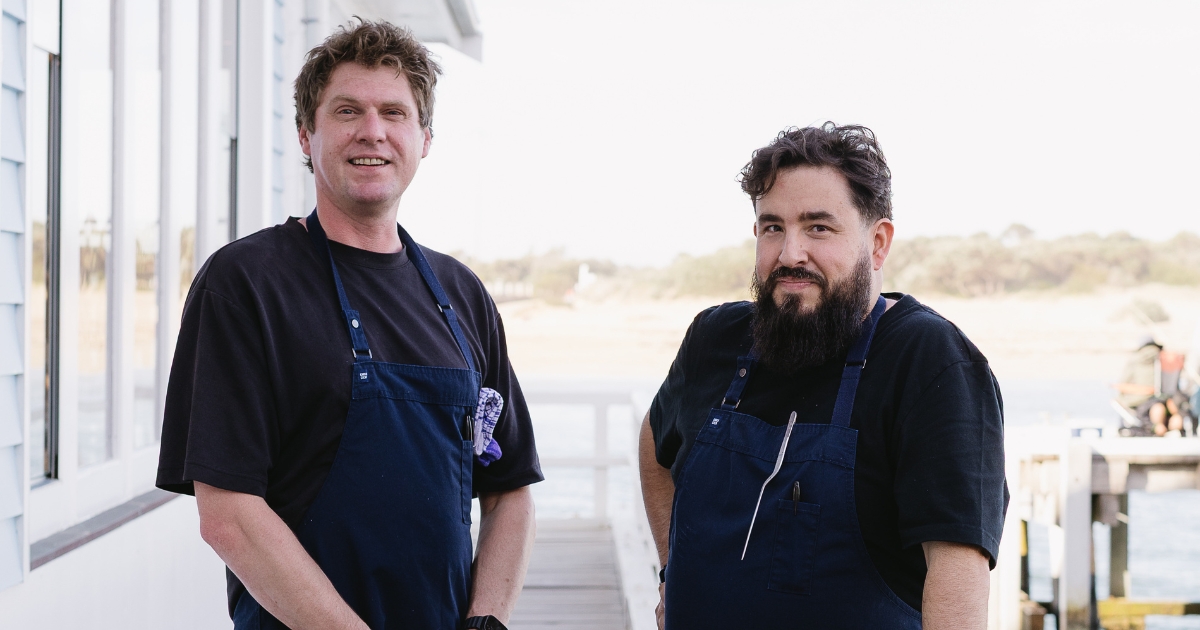Grapevine: banking on Bordeaux
Australia is awash with more wine importers and distributors than ever, scouring every country and region for the undiscovered rising stars as well as the classic benchmark wines that simply haven’t made it to our shores yet.
One region that has been a beneficiary is Bordeaux; historically out of reach for most wine drinkers such is the pricing of the top wines. The quality and value of many wines being imported now means that lovers of Cabernet and Merlot can explore the region that sets the benchmark for these grapes without having to reach well outside their normal wine budget.
What and where is Bordeaux, though? Bordeaux is a wine region on the south-west coast of France, sitting either side of the Gironde estuary. This divide provides a neat and simple way of dividing the styles of wine in Bordeaux. What is known as the Left Bank (when looking at a map of the area) is dominated by Cabernet Sauvignon, planted on the gravel dominant soils this grape thrives while Merlot, Cabernet Franc and Petit Verdot are planted in smaller quantities and used in small percentages as blending partners for Cabernet Sauvignon. Districts such as the Medoc, Haut-Medoc and Graves may be familiar, as may the appelations within these districts such as Margaux, Paulliac, St Julien and St Estephe might be familiar or ring a bell. These are simply smaller designated areas within the district. As an analogy, think about Geelong as a district and then further separating it into the Bellarine, Surf Coast and Moorabool Valley, such is the difference in climate and soil among the areas.
Jump to the Right Bank and the balance is flipped; Merlot and to a slightly lesser extent Cabernet Franc dominate here, while Cabernet Sauvignon and Petit Verdot can play smaller supporting roles. The clay and limestone dominant soils here provide wines of softer texture and a broader feel, both down to the area and the nature of varieties like Merlot. St-Emillion and Pomerol are the most well-known and prestigious areas, while Fronsac, Canon Fronsac and Cotes de Castillon may not be so well known, they are a good source of better value wines.
When you are starting out, it comes down to the style of wine you like or the varieties that you prefer to drink. The softer easygoing Merlot of the right bank or the structured, firmer Cabernet Sauvignon that will often call for some red meat as a dining companion. This barely scratches the surface of the region, and if you love these two grapes, then you can go a long way down the rabbit hole before the excitement begins to wane.
Bois de Rolland Bordeaux Superieur 2016 – $27
On the back of the great 2015 vintage, 2016 has seen plenty of hype albeit not quite as much as 2015 at the very top end. But many critics have commented that 2016 is more consistent across the board and from the top down to the bottom, which means it’s a little easier to find really good quality wines at all price points. The Bois de Rolland is a consistently good value wine, but particularly so in 2016. Made up of 90 per cent Merlot and 10 per cent Cabernet Sauvignon, it shows cherry, plum, some blackcurrant along with a little earth and some notable oak flavours in the way of vanilla. It’s mellow and quite plush with fine, yet persistent tannins providing some structure and focus.


















